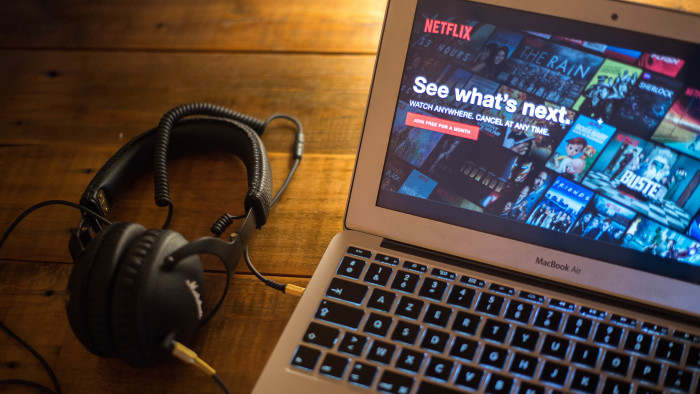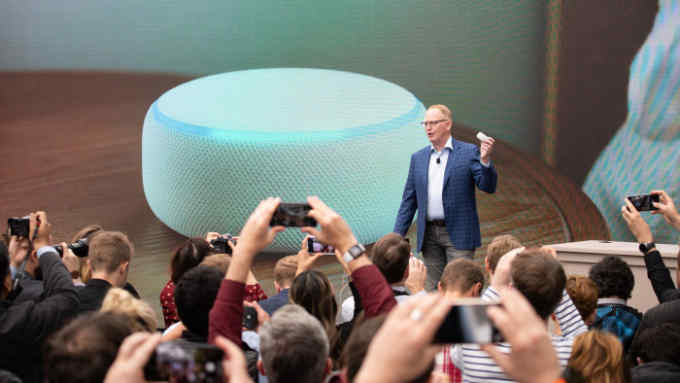New media brands thrive on user experience

Roula Khalaf, Editor of the FT, selects her favourite stories in this weekly newsletter.
The rise of the internet has upset the balance of power in media, handing it to those brands with a laser focus on user experience. Seemingly impregnable staples which relied on their monopoly of distribution to retain customers — such as Blockbuster, Kodak and Yahoo — have disappeared from view, ceding territory to brands which have made their customer king.
This year’s list reflects that trend as the biggest risers up the ranking include Netflix whose brand value blossomed by 65 per cent, boosting it by 27 places, and Instagram which nearly doubled in value as it was propelled 47 places higher into the top 50.
That would come as little surprise to the consumers that not only use those services but struggle to live without them. The success of those big names reveals that the way companies are building successful brands has changed dramatically to suit the modern digital consumer.
Daniel Gilbert, chief executive of advertising analytics company Brainlabs, says: “Those brands that are decreasing in value have been built through the old advertising model using linear television in the Coca-Cola, McDonald's kind of way. You repeatedly hit people with messages until they feel something about the brand. But a range of new brands may never even do advertising or if they do, they will wait 10 or 15 years before they spend a single penny.”
He says that both new media brands and a new generation of service companies are using direct contact with consumers to grow. “They are creating huge super fans. Companies like Netflix have built a brand through user experience. In an age where people crave an honest open relationship, it has proved an effective way to build a brand rapidly.”
Distribution has also been key to the rapid success of new media brands. Ian Maude of the consultancy Ikaa says that the smartphone — which acts as the best billboard in the world as it is in a user’s hands — has been key to a changing of the guard in media.
“The brands we think about most and that have created the most value are those on the screen. Those icons are the ones we see on our smartphone screen which is incredibly valuable real estate. By definition those are the brands the customer values the most and billions of people are checking in on them every day. It has changed how brands connect with people. How we behave, how we shop, how we communicate has changed,” he says.
Yet the rise of Netflix and Instagram is not necessarily a zero-sum game. Disney’s brand value is also on the rise as it prepares to fight back with its own streaming service which can capitalise on the huge popularity of its content.
NBCUniversal is also launching its own streaming service, while Sky has taken the decision to forge ahead with its own Now TV app to take the fight to Netflix in the UK. That proves that content aggregation and distribution are playing a big role in brand promotion.
For Instagram, the results of intense user focus are staggering. It has 1bn monthly active users and more than 500m of them use the platform every day. According to the Facebook-owned company, almost three quarters of its users are under the age of 35 and those below the age of 25 use Instagram 32 minutes a day, which is valuable for its advertising-driven business model.
Josh Krichefski, chief executive of MediaCom UK, said that Instagram’s potential could be even bigger as it moves more into the shopping realm and commands a similar level of engagement as Asian mobile commerce sites.
He argued however that the public debate around the influence of technology companies that has surrounded YouTube and Facebook could pose a problem for Instagram in the future. “There is the issue of the rise in mistrust of influencers because of damaging stories around fake reviews and influencers being paid to trash other companies’ products. You can’t argue with the usage stats but brands will increasingly be pushed to consider ethical and moral issues around the platform as much as they have done for other social channels,” he said.
Others have questioned whether the appeal of new media brands can hold. As Benedict Evans of Andreessen Horowitz puts it: “Technology monopolies tend not to fall like Rome, they fall like Venice. They’re still there, and no one actually invades them, but the trade routes moved, the things that gave them power and wealth stop mattering, and they become just another city, and then a backwater.”
He points to names like Olivetti and Sun Microsystems that have ended up as footnotes on someone else’s balance sheet.

Comments